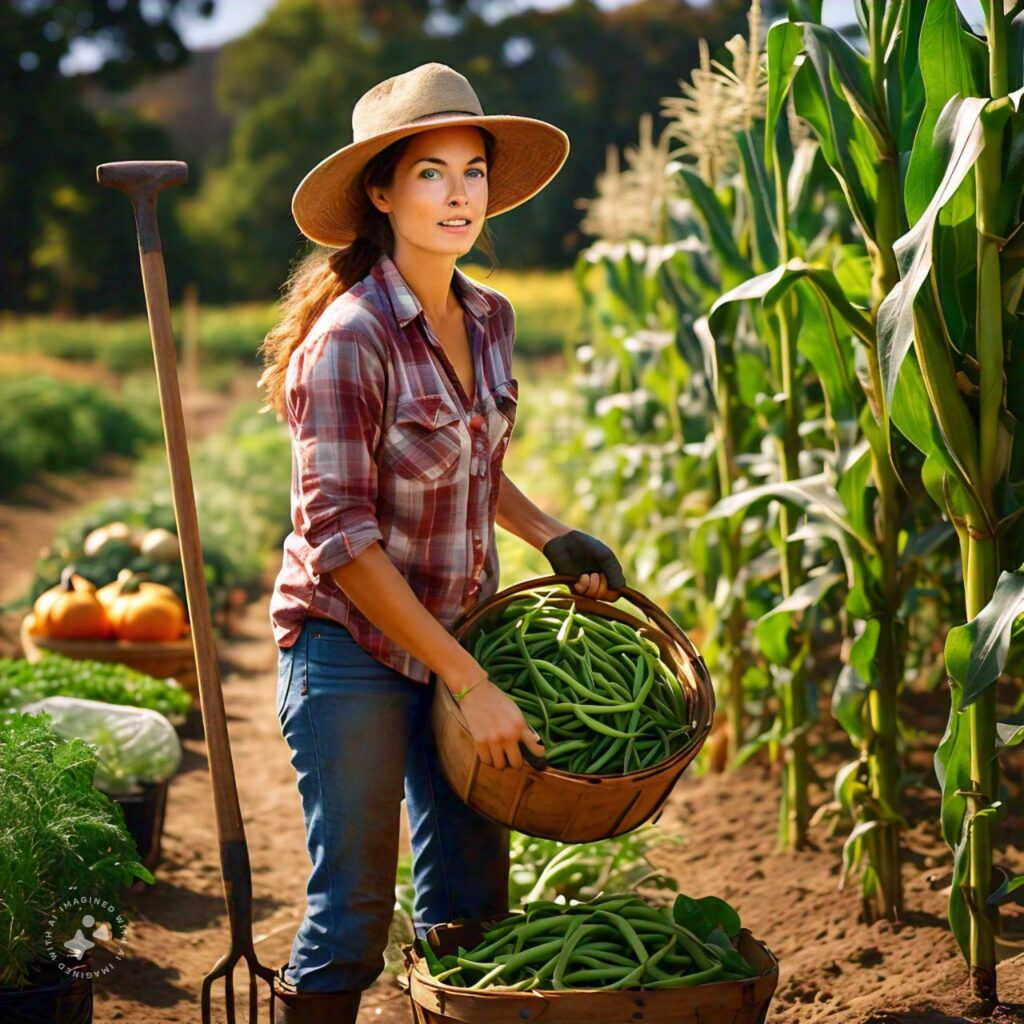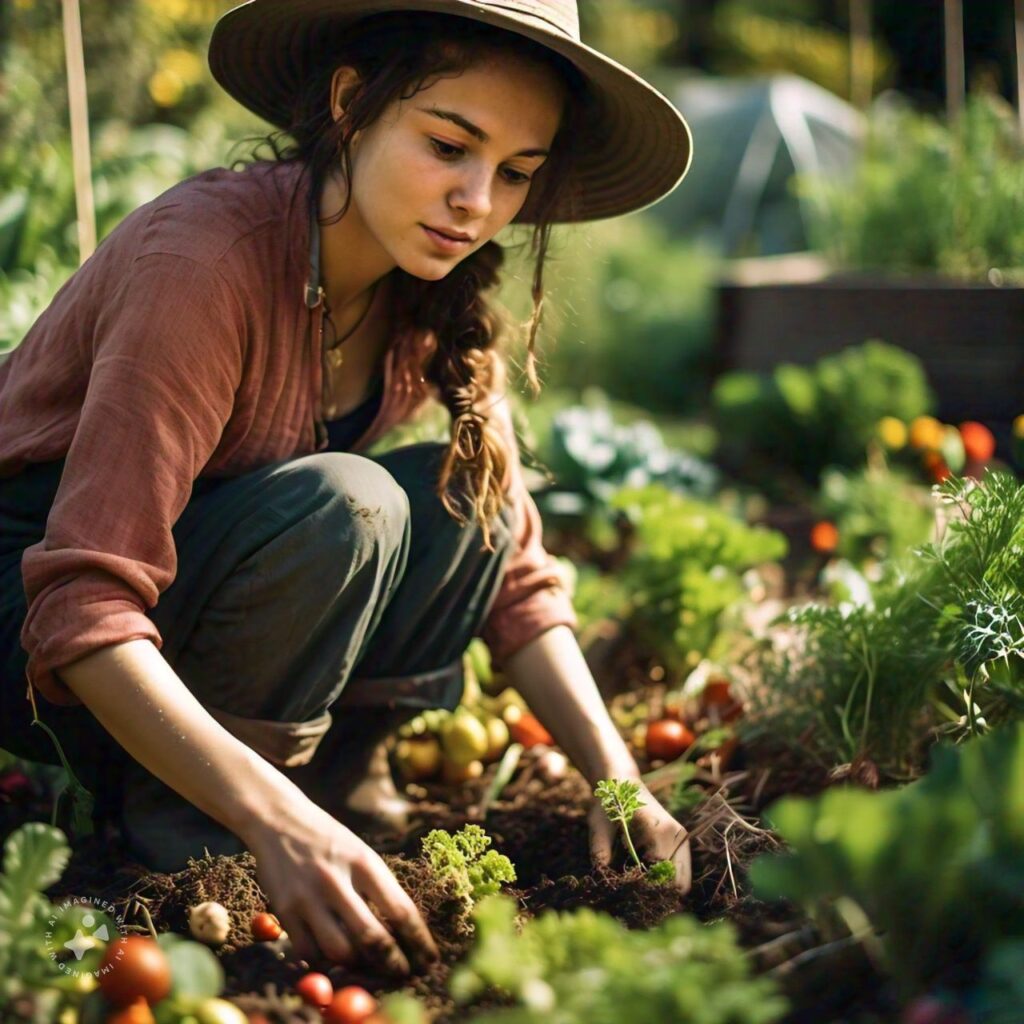As summer fades and the air becomes crisp, fall gardening offers the perfect opportunity to extend your growing season and prepare your garden for the upcoming winter months. Fall gardening isn’t just about closing up shop; it’s about ensuring your plants thrive well into the cold season. With the right preparations, you can enjoy beautiful blooms, fresh vegetables, and healthy soil well beyond the fall.
The Benefits of Fall Gardening
Fall gardening offers a multitude of benefits. Cooler temperatures and increased rainfall reduce plant stress and minimize the need for excessive watering. Moreover, fewer pests are active in the fall, giving your plants a greater chance of thriving.
Fall is also an excellent time to prepare your garden for the next growing season. Amending your soil, planting cover crops, and properly caring for perennials can lead to healthier and more productive plants come spring. Let’s dive into how you can maximize your garden’s potential this fall.

Essential Fall Gardening Tasks
To ensure your garden remains vibrant and ready for the next season, focus on these essential gardening tasks.
1. Clean Up Debris and Dead Plants
Begin your fall gardening by cleaning up any debris, dead plants, or fallen leaves. Decomposing organic matter can harbor pests and diseases, which can affect next year’s plants. While some leaves can be left to act as mulch, be sure to remove diseased or pest-infested plant material.
In addition, any vegetable plants that are no longer producing should be removed. This reduces the chances of attracting insects or fungi that may overwinter in the soil.
2. Add Organic Matter to Your Soil
Healthy soil is the foundation of a thriving garden. Fall is the best time to add compost or organic matter to your soil, as this will break down over the winter and enrich the ground for spring planting. This can include compost, aged manure, or even mulch. Be sure to till the organic matter into the soil so it is well integrated.
3. Mulch to Protect and Nourish
Mulching is essential in the fall to protect your soil from erosion and temperature fluctuations. Apply a thick layer of organic mulch around the base of plants to insulate the soil and retain moisture during the cooler months. Mulch will also prevent weeds from taking root and will gradually decompose, feeding the soil throughout the winter.
4. Prune Perennials and Divide Overgrown Plants
Fall is the perfect time to prune your perennials to promote healthy growth next season. Remove dead or dying foliage, but leave enough plant material to protect the root systems from the cold.
Additionally, if you have any overcrowded perennials, fall is the time to divide them. By doing this, you allow plants more room to grow, reducing competition for nutrients and ensuring healthier blooms next year.
5. Plant Fall Gardening-Weather Crops
Fall is an excellent time to plant cool-weather vegetables such as broccoli, kale, spinach, and lettuce. These crops thrive in cooler temperatures and can often survive a light frost. You can also plant root vegetables like carrots, radishes, and beets.
For those interested in planting flowers, try planting fall-blooming perennials such as mums, asters, or sedum. Not only will these plants provide late-season color, but they’ll also attract pollinators to your garden.
6. Plant Bulbs for Spring Blooms
Fall is the ideal time to plant bulbs such as tulips, daffodils, and hyacinths. By planting these bulbs in the fall, they can establish their roots before winter sets in and be ready to burst into bloom come spring.
When planting bulbs, be sure to follow the recommended depth and spacing guidelines for each type of flower. Most bulbs prefer well-drained soil and will benefit from the addition of compost or other organic material to encourage strong root growth.
7. Consider a Cover Crop
Cover crops such as clover, rye, or vetch can be planted in the fall to improve your soil’s health over the winter. These crops help to prevent erosion, suppress weeds, and add vital nutrients like nitrogen to the soil. By the time spring arrives, your soil will be enriched and ready for planting.
8. Prepare Your Lawn for Winter
Fall is also a crucial time to prepare your lawn for the colder months. Start by raking up fallen leaves, as leaving them on your lawn can suffocate the grass.
Next, aerate the soil to alleviate compaction and allow nutrients and water to penetrate more deeply. Overseeding with cool-season grass seed and applying a winter fertilizer will help your lawn bounce back in the spring.
9. Protect Your Tools and Equipment
Fall is a great time to inspect and maintain your gardening tools. Clean off any dirt and debris, sharpen blades, and apply oil to prevent rusting over the winter. Proper tool maintenance now will save you time and money in the long run.

Create a Wildlife-Friendly Fall Gardening
A well-maintained fall garden can also be a haven for wildlife. Leave some seed heads on plants like sunflowers and coneflowers to provide food for birds, and consider adding a bird feeder or birdbath to encourage feathered visitors.
If you want to support pollinators, leave some bare patches of soil for native bees to nest, and avoid disturbing leaf litter too much, as it can serve as shelter for beneficial insects.
Prepare for Winter Fall Gardening
As fall draws to a close, begin preparing your garden for winter. Water deeply one last time before the ground freezes, especially for newly planted perennials and bulbs. This will help their roots establish and survive the winter. Also, consider using row covers or frost blankets to extend the growing season for your vegetables.
Additionally, be sure to clean out your gutters and downspouts to prevent water damage during winter storms, and disconnect and store garden hoses to prevent freezing.
Plan for Spring
Fall is the perfect time to plan for next year’s garden. Take note of which plants thrived, which struggled, and any pests or diseases you encountered. Hence, use this information to refine your garden layout, choose new plants, and adjust your planting schedule for next year.
Spend time researching new plant varieties or sustainable gardening practices you may want to try. By planning ahead, you’ll be ready to hit the ground running when spring arrives.



